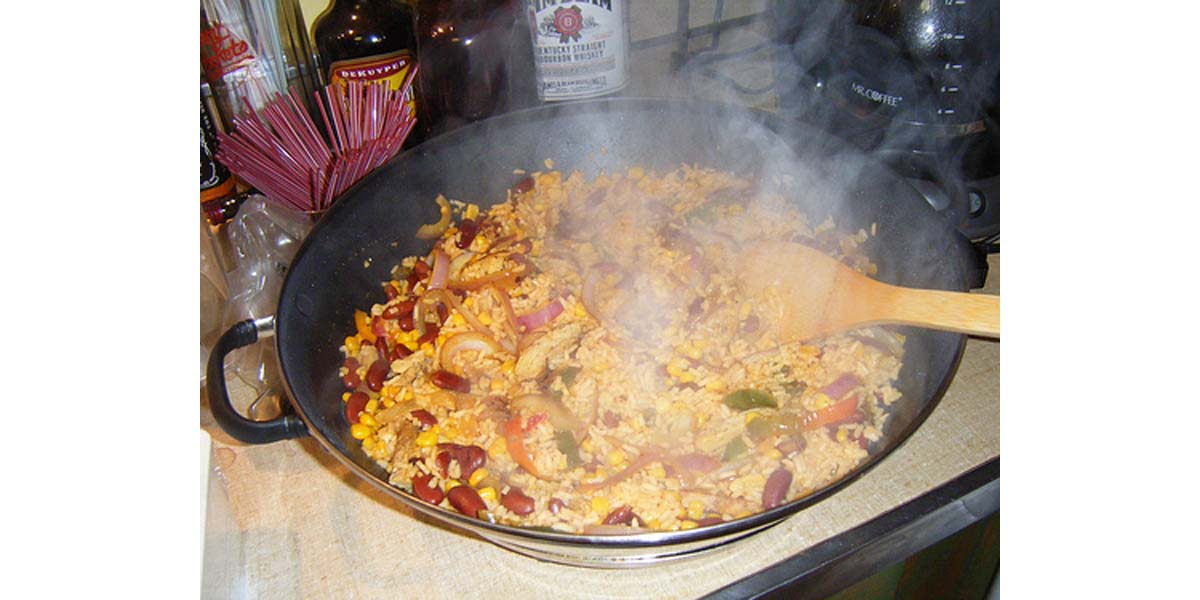Table of Contents
Reheat most leftovers quickly rather than slowly

Use the microwave judiciously
Generally speaking, if a crispy food contains a lot of fat, it's not a suitable candidate for microwaving. Pizza, for instance, just turns into a soggy mess when cold pizza is reheated in a microwave oven. The oil in the crust and the oil in the cheese simply drip to the bottom of your plate.
For reheating just one or two slices of pizza, heat a skillet, preferably a cast-iron skillet, and add a tiny amount of oil (few drops), just enough barely to coat the heating surface. Heat the oil until it smokes and then take the pan off the heat, placing the slices of pizza in the pan for 3 to 5 minutes until the cheese remelts. This keeps the crust crispy and adds only a few more calories to this high-calorie dish.
For reheating an entire pizza, heat an oven to about 350° F/175° C. Put the pizza on a cookie sheet and allow to reheat until the cheese melts.
Other foods that taste better if they are not reheated in the microwave include:
- Chili. Chili meat absorbs liquid while it is refrigerated. Add a small amount of stock to the chili remaining in the pot and bring the mixture to a fast boil. Then take the chili off the burner and allow the meat to absorb the stock before serving.
- Pasta. Pasta also absorbs liquid from pasta sauce during refrigeration. Put a little stock or cream in a pan and bring to a boil. Then add the pasta with the original sauce to allow it to heat through.
- Burgers. Don't try to refrigerate a whole hamburger, patty, bun, and vegetables with mayonnaise, pickles, and mustard. Just store the burger itself, and serve on a fresh bun with fresh vegetables. Reheat the burger by placing on a baking sheet in a hot oven for 5 to 6 minutes, until the outside of the patty is hot to the touch.
- Pork chops, steaks, and roasted chicken. Leave the meat out on the counter for 20 to 30 minutes to bring back to room temperature. Place the meat in an oven-safe skillet and transfer the skillet into a preheated oven. Allow a crust to form on the bottom of each piece of meat (usually after 5 to 7 minutes) and then turn it over to cook on the other side. Take out of the oven and allow the meat to stand for 5 minutes before serving.
- Hwang CA, Sheen S. Growth characteristics of Listeria monocytogenes as affected by a native microflora in cooked ham under refrigerated and temperature abuse conditions. Food Microbiol. 2011 May, 28(3):350-5. Epub 2010 Mar 17.
- Photo courtesy of arthaey on Flickr: www.flickr.com/photos/arthaey/381480441/
- Photo courtesy of fuschia_foot on Flickr: www.flickr.com/photos/fuschia_foot/2149921821/

